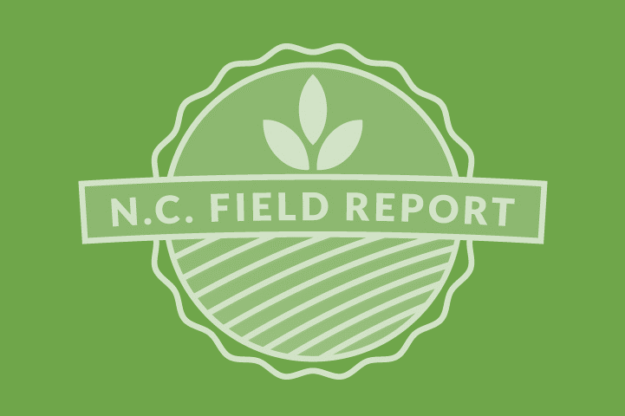Soybean Cyst Nematodes in NC – Part 1
A recent study by the North Carolina Department of Agriculture and Consumer Services reveals soybean cyst nematode (SCN) is a significant issue for soybean growers in the eastern part of the state. Soybean cyst nematodes develop very small (less than 1 mm) white cysts on the root system. These cysts reduce nitrogen-fixing nodules and increase the…
Details

